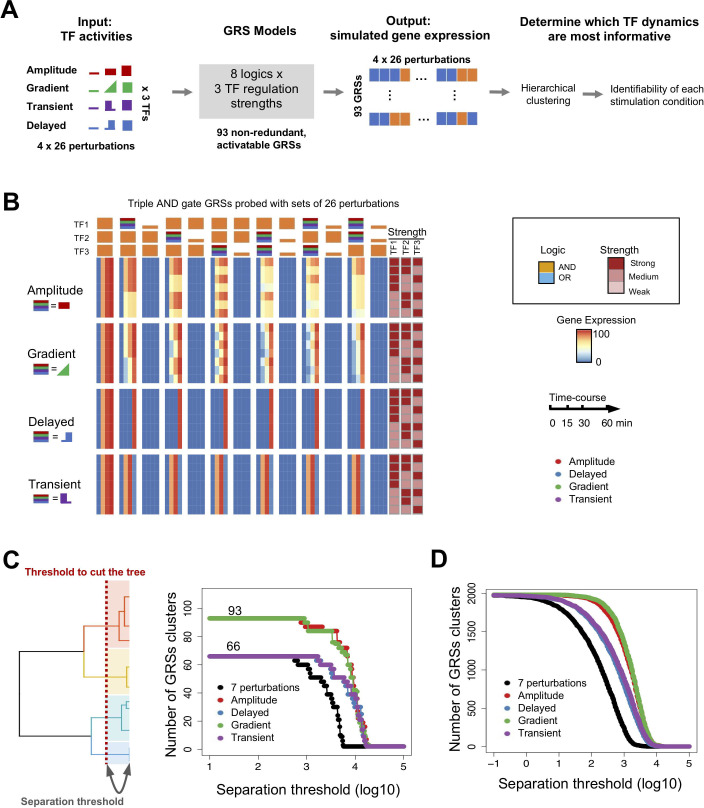Fig 2. The distinguishability of GRSs depends on the available set of TF perturbations.
(A) Schematic of the analysis workflow using 4 sets of 26 perturbations each with amplitude, gradient, transient, and delayed TF dynamics to produce combinatorial TF activities to probe 93 non-redundant, activatable GRSs, by simulating their gene expression patterns and examining those patterns by hierarchical clustering. (B) Heatmap of the triple AND gate GRSs (top 7 rows in (C), probed with one of the 4 sets of 26 perturbations (shown in (B)), containing amplitude modulated TF activities (amplitude, gradient) and temporally modulated TF activities (delayed, transient). The results show that amplitude modulated TF activities best suited to distinguish GRSs are (C) Number of distinguishable GRS clusters as a function of the separation threshold with indicated sets of perturbation combinations. (D) The same plot as panel C but from 1981 inducible GRSs generated by random sampling of 1000 parameter sets for each logic. All 1981 GRS are identified at the lowest separation threshold (-1) for amplitude and gradient perturbations, whereas 1971, 1975, 1976 GRS clusters are identified for high/low, transient, and delayed perturbations, respectively.

